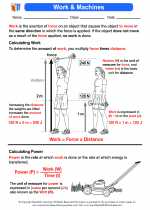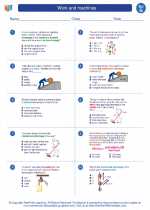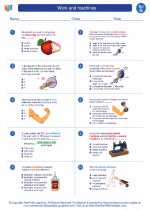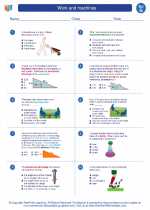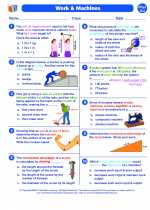Shear
Shear is a type of stress that occurs when forces are applied parallel to the surface of an object, causing it to deform or change shape. This type of stress is common in materials such as metals, where layers of atoms can slide past each other when a shear force is applied.
Shear can be observed in everyday situations, such as when cutting a piece of paper with scissors or slicing through a block of cheese. In engineering and construction, shear forces can also be a critical consideration when designing structures, as they can cause materials to fail if not properly accounted for.
Study Guide for Shear:
- Define Shear: Shear is a type of stress that occurs when forces are applied parallel to the surface of an object, causing it to deform or change shape.
- Examples of Shear: Cutting a piece of paper with scissors, slicing through a block of cheese, and shear forces in engineering and construction.
- Effects of Shear: Shear forces can cause materials to deform, change shape, or fail if not properly accounted for in design and construction.
- Applications of Shear: Shear forces are important in engineering, construction, and materials science, and understanding shear is critical for designing structures and materials that can withstand these forces.
- How to Calculate Shear: Shear stress can be calculated using the formula: Shear Stress (τ) = F / A, where F is the force applied parallel to the surface and A is the cross-sectional area over which the force is applied.
Understanding shear is important in various fields such as engineering, construction, and materials science. It is essential to consider shear forces when designing structures and materials to ensure their stability and integrity.
.

